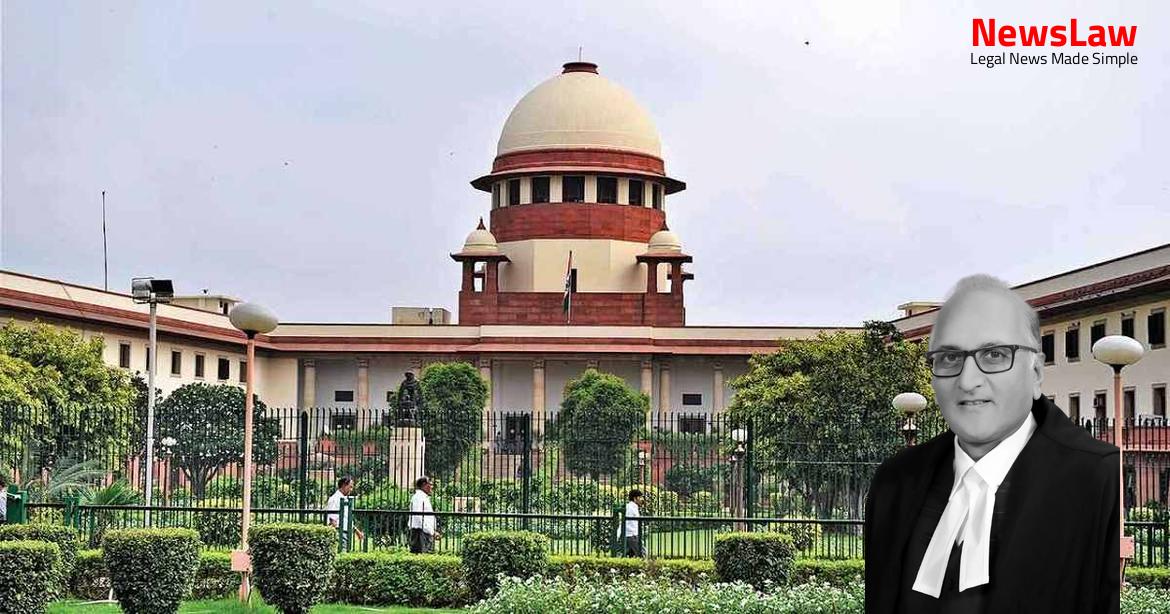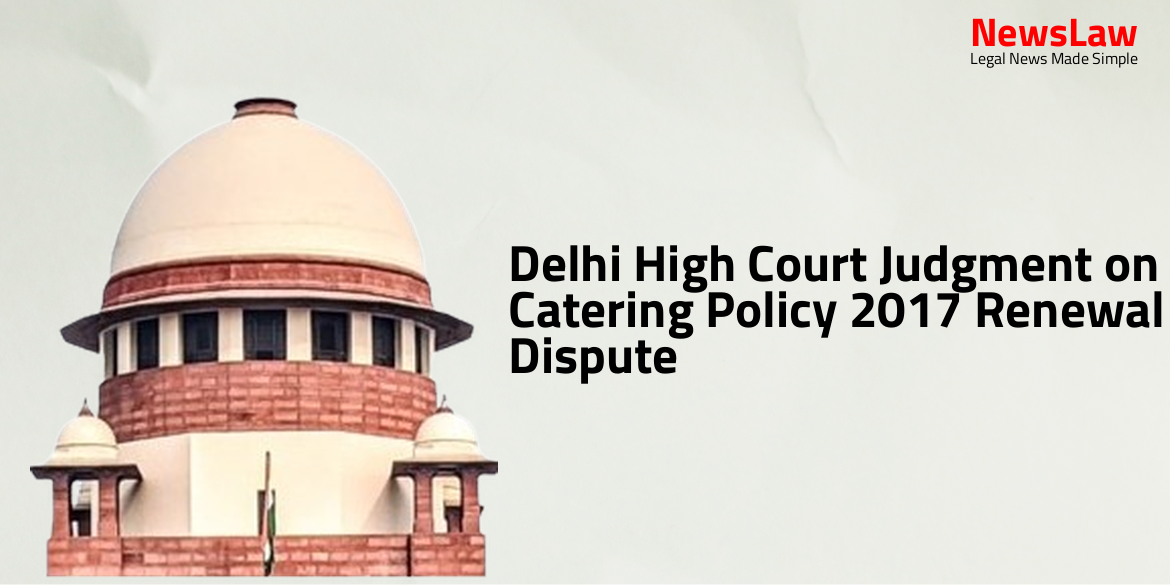In a significant legal case regarding the fair treatment of creditors in resolution plans, the Supreme Court has provided crucial insights into the implications of the Insolvency and Bankruptcy Code. This ruling has far-reaching consequences for corporate debt restructuring and emphasizes the importance of equitable treatment for all stakeholders involved.
Facts
- The CIRP was initiated on January 25, 2017, against the Corporate Debtor under Section 10 of the IBC.
- Hero Fincorp Ltd. appealed against the NCLT’s order on grounds of discrimination between financial creditors, leading to the NCLAT modifying the NCLT’s final order.
- The appellant was the resolution applicant of the Corporate Debtor, with the liquidation value ascertained to be 36 crores.
- The resolution plan was based on ‘Maintained liquidation value (LV) under Regulation 38 of the Insolvency and Bankruptcy Board of India Regulations, 2016.
- The revised resolution plan submitted by the appellant offering 54 crores to revive the Corporate Debtor was approved by the NCLT on October 17, 2018.
- The NCLAT accepted the opinion that liquidation value must be maintained for dissenting creditors.
- The NCLAT found the resolution plan discriminatory and violative of Section 30(2)(e) of the IBC.
- It was observed that the resolution plan did not conform to the test in Section 30(2)(e) and was discriminatory against similarly situated ‘Secured Creditors.’
- The NCLAT directed the successful resolution applicant to remove the discrimination by providing similar treatment to the appellant before the NCLAT as other financial creditors.
- The NCLAT held that the amended Regulation 38 would still be applicable, and the Corporate Debtor could not take advantage of the repealed provision.
Also Read: Legal Analysis of Claim for Loss of Profit in Delayed Contract
Arguments
- PSU banks’ dues were given primacy with a settlement of 45% of their admitted claims.
- The dissenting Financial Creditor (Hero) was provided with 32.34% of its admitted claim, showing discrimination.
- The discrimination is contradictory to the IBC which prohibits discrimination against creditors falling within the same class.
- The argument is based on observations in Swiss Ribbons and Section 30 of the IBC.
- The question urged is whether the finding of discrimination against the financial creditor is justified, leading to modifications by NCLAT.
- The resolution plan has been fully implemented
- Financial creditors (except Hero) have released security to the Corporate Debtor
- Revised resolution plans dated 12 January, 2018, 16 February, 2018, and 5 October, 2018 offered minimum liquidation value
- PSU banks had a higher stake in the total claim value and liquidated value of assets
- NBFCs only had security against specific plant & machinery and the personal guarantee of the promoters
- Resolution plan allows separate treatment of financial creditors who do not vote in favour of the plan
Also Read: Public Declaration Requirement in Marriage under Hindu Marriage Act
Analysis
- Principle of fairness engrafted in the provision is that the plan should make provision for repayment of debts of operational creditors having regard to the value prescribed by the Insolvency Board, repayable in the event of liquidation.
- Section 30(3) requires the resolution professional to present the resolution plan to the committee of creditors.
- Section 30(4) stipulates how the plan has dealt with the interests of all stakeholders, including financial and operational creditors, of the corporate debtor.
- Tata Capital Financial Services Ltd. was provided with 75.63% of its admitted claim, while other financial creditors were provided with 45% of their admitted claims.
- Regulation 38 post-amendment specifies the mandatory contents of a resolution plan, giving priority to operational creditors over financial creditors and requiring a statement on the voting share of financial creditors.
- The resolution process began before the amended regulation came into force, and the resolution plan was prepared and approved before that event.
- The court determined the liquidation value of the corporate debtor at ₹36 crores, against which the appellant offered ₹54 crores in the approved plan.
- Despite objections from the dissenting creditor, the plan has attained finality.
- The reference was made to the unamended Regulation 38, focusing on the mandatory contents of a resolution plan.
- NCLAT held that the order approving the resolution plan failed to consider the rights of dissenting financial creditors as per amended Regulation 38.
- Amendment made on 5 October, 2018 strengthened the rights of operational creditors and prioritized their payment over financial creditors.
- Regulation 38(1)(c) on liquidation value payable to financial creditors was deleted following the amendment.
- NCLAT has consistently ensured that operational creditors are treated fairly in comparison to financial creditors in approved resolution plans.
- The adjudicating authority passed the impugned order approving the resolution plan on 17 October, 2018.
- Resolution applicant can attend the meeting of the committee of creditors where the resolution plan is considered.
- Resolution applicant cannot vote unless they are also a financial creditor.
- Resolution professional submits the approved resolution plan to the Adjudicating Authority.
- Approval of resolution plan requires a vote of not less than 75% of the voting share of financial creditors.
- Regulation 38 outlines mandatory contents of the resolution plan, including priority payments to insolvency resolution process costs, operational creditors, and dissenting financial creditors before other financial creditors.
- Section 30 defines the duties of the resolution professional in examining resolution plans, including payment priorities, management of the corporate debtor, and compliance with laws.
- Resolution plan must be approved by the committee of creditors with a vote of at least seventy-five per cent.
- The NCLAT’s order and directions were deemed unjustified
- Factors and circumstances were taken into consideration
- The decision was based on the analysis of these factors
Also Read: OCI Cardholders’ Rights and Retroactive Notifications
Decision
- The orders of the NCLT are set aside
- The order of the NCLT is restored
- The appeal is allowed and succeeds
- No costs shall be awarded in these circumstances
Case Title: RAHUL JAIN Vs. RAVE SCANS PVT. LTD.
Case Number: C.A. No.-007940 / 2019



